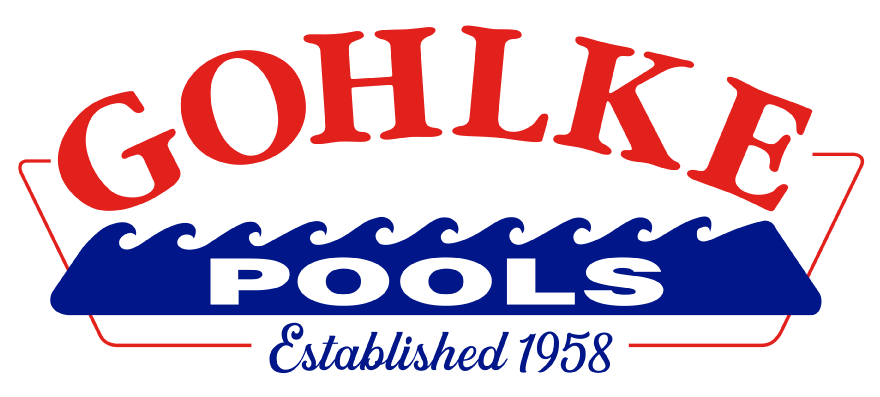50
Swimming Pool Maintenance Tips

It has been an extremely wet spring so far. But now that we are into June, temperatures are beginning to rise into the 90’s on a fairly regular basis and based on our weather history, the rainy weather will likely lessen. Before long, we will likely be seeing 100 degrees, as our average first day to reach 100 degrees is July 1st. With that being said, we know that as the temperatures continue to heat up, swimming pool use will continue to increase, and regular pool maintenance becomes even more important.
In order for pools to remain clean and clear, they require weekly maintenance. When it comes to weekly pool care and maintenance, there are basically two options:
- Hire us (or someone else) to maintain the pool for you.
- Having someone take care of your pool means that you have one less thing to worry about, and also means that you do not have to purchase store pool chemicals.
- Maintain the pool care yourself—or teach your kids to do it!
- The trick to maintaining a pool is staying on top of it and doing it on a regular basis. Pool care is something that you cannot procrastinate on – oftentimes putting it off can make the task much more difficult.
- As far as what age is recommended for maintaining a pool, it really depends on the complexity of the pool and also on the maturity of the youngster. With proper training and supervision, most teenagers can perform most of the tasks listed below. The exception is adding chemicals – that should really be left to adults, as it can be dangerous if proper directions are not followed.
If you are interested in maintaining the pool yourself, using a checklist if often helpful. Following is a checklist similar to what most area pool companies use in order to keep their pools maintained on a weekly basis.
- Perform a water analysis. Following are the ranges that we recommend for this region in residential pools:
- Test the following weekly
- chlorine—2-4 ppm
- pH—7.2 to 7.6
- Total Alkalinity
- 80 to 100 for calcium hypochlorite, salt, and liquid chlorine pools
- 100 to 120 for dichlor and trichlor pools
- Test the following monthly
- Salt level in a salt pool—2700 to 3500
- Calcium Hardness—200 to 400 ppm
- Cyanuric Acid—30 to 50 ppm
- Total Dissolved Solids—less than 1000 on non-salt pools
- Note: It is a good idea to wait to add chemicals until after the pool has been cleaned.
- Test the following weekly
- Skim leaves and debris off of the pool surface with a leaf net.
- Clean out the skimmer baskets.
- Brush the tile line. If needed, use a pool tile cleaner.
- Clean the pool using a vacuum or leaf vacuum (if needed).
- Brush the walls & floor of the pool, primarily focusing on the steps, benches, and low flow areas of the pool.
- Clean out the pump basket if needed.
- Clean the automatic cleaner bag and inline screen (if applicable).
- Backwash or clean the filter (if needed).
- Add chemicals as necessary (do not forget to super chlorinate as needed).
- Clean the coping and the deck—if not, the debris on the coping or the deck will find its way into your pool.
- Check the water level in the pool and add water as needed.
- Do a safety check on the pool—be sure that gates latch and are in working order, etc.
It is very unlikely that these steps will be followed precisely. You can tailor these procedures to fit the needs of your swimming pool. And remember, to be sure you are on the right track with your water chemistry, occasionally bring a pint of pool water to the Retail Store at Gohlke Pools to have it analyzed. We also offer some pool supplies.
Enjoy your summer!
NOTE: The average date of our first 100 degree day is July 1st, and we average twenty 100 degree days per year, therefore we likely have quite a few of them ahead of us. Since weather records have been kept (1898), there have only been two summers in which we did not reach 100 degrees (1906 & 1973).
Matt has been around the pool business since he was born. When he graduated college in 1984, he joined the family business working for Gohlke Pool Supply. The following year Matt and his father formed a partnership, Gohlke Custom Pools, and started offering pool construction.





